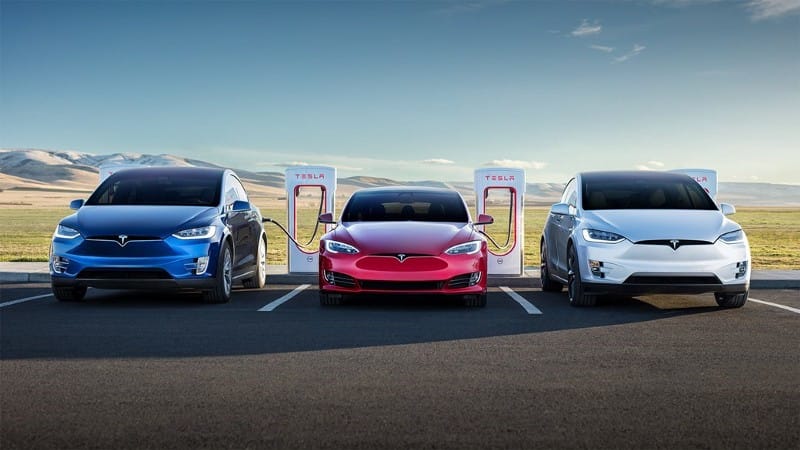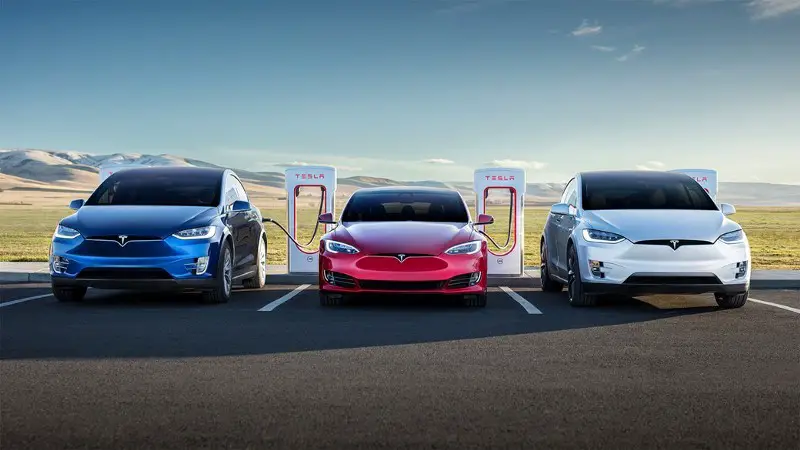The Most Common Charging Scenario for EV Owners
First of all, publishing the time to charge an EV from empty doesn’t reflect how electric cars are used. It’s a carryover from gas cars…


The time to charge an EV from empty doesn’t reflect how electric cars are used. It’s a carryover from gas cars. With a petrol-powered vehicle, drivers commonly fill up a tank and wait until the fuel gauge approaches empty before taking the time for a special trip to a gas station. EV drivers have it much easier because we can charge at home.
It’s so painless to recharge every night that an EV with decent range usually rarely dips below nearly full. Drivers of an EV with, for example, about 200 miles of range return from a commute of 40 miles with 160 miles of remaining range — and then plug in at night so there’s a full battery ready by the next morning.
How often does an EV driver return home with a completely empty battery? Almost never. And yet, EV newbies are led to believe that it takes eight or more hours to recharge. No, it only takes as long as necessary to replenish the electrons from that day’s driving. That’s usually a couple of hours, but it doesn’t matter if it’s two hours or eight hours. The car is sitting there all night anyhow.
Most EV drivers charge at home about 95 percent of the time. Of course, for those rare long-distance road trips, charging times are more important. Once again, very few EV drivers arrive at a highway DC fast-charger with zero-percent state-of-charge. Yes, charging times go faster when the battery level is lower. But it’s not helpful for automakers to say that a particular EV can charge from zero to 80-percent in, for example, in 40 minutes.
Here’s a sampling of automaker claims:
- Nissan says the Nissan Leaf plus charges to 80 percent in 60 minutes at 50 kW –
or in 40 minutes at 100 kW - Hyundai claims the Kona EV gets to 80 percent in 75 minutes at 50 kW or 54 minutes at 100 kW
- Jaguar says the I-pace charges to 80 percent in 40 minutes at 100 kW
- Audi says e-tron goes from zero to 80 percent in 30 minutes at 150 kw
- For its upcoming EQC, Mercedes-Benz says from 10 percent (rather than zero) to 80 percent in about 40 minutes at 110 kW
Given all the variability of charger capacity, temperature, and the state-of-charge when the session begins, these numbers are not helpful and could be misleading.
I’m not sure what number can best convey charging rates and times. Fortunately, Chevrolet advertises “90 miles in 30 minutes” of charging in a Bolt rather than a zero-to-80 number. That’s an optimistic number, but it’s a good start.
Tesla’s Superchargers, which can charge up to 145 kW, are currently state-of-the-art. (Chargers with even faster rates using liquid-cooled cables are not yet widely available.)
Tesla’s website reports that drivers use a Supercharger on average for about 30 minutes before driving on. And forums commonly report that Superchargers add about 170 miles of range in those 30-minute stops.




